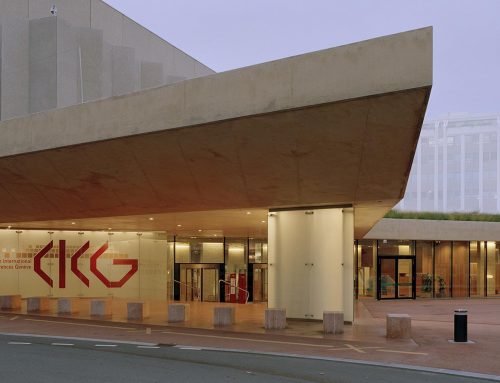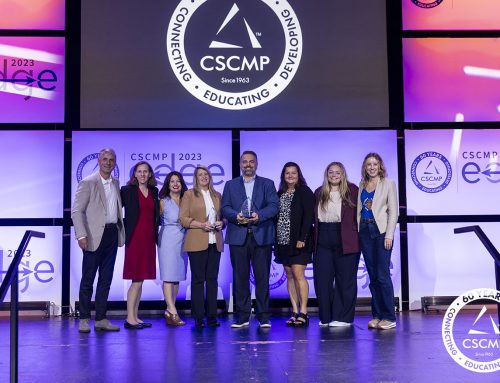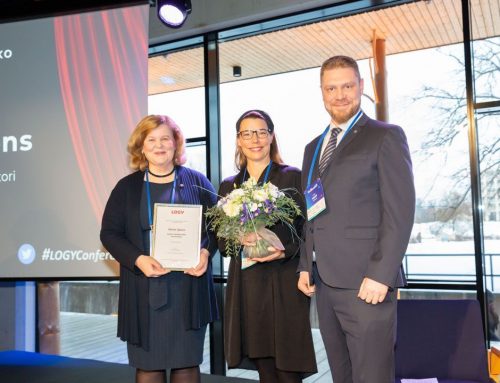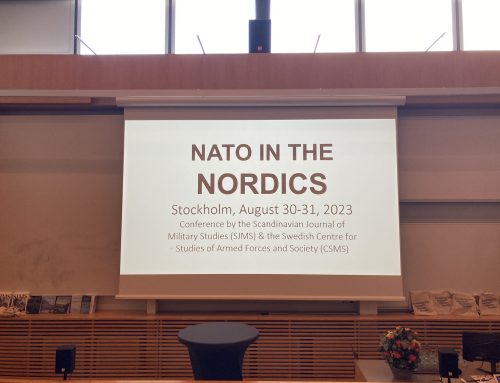05.02.2021
We continue with our blog series including 5 articles presenting the results of the science competition organised by the Global Business School Network and the HUMLOG Institute at Hanken School of Economics: The HUMLOG Challenge. Each of the posts will be published in Friday afternoon weekly and today is time for the third post. Below you find the text by the team representing University of Houston, Texas USA. Their team performed in the third place of the contest.
Team Houston
Thuy Le, Huyen Vi Le, Crystal Gamboa, Derick Del Rio, Kareen Nguyen
University of Houston
The Coronavirus 2019 disease created a health crisis within the U.S. Hospitals nationwide are facing supply shortages, overcapacity in patients, and overworked personnel. A massive problem seen within the supply chain is medical staff not being provided sufficient amounts of Personal Protective Equipment (PPE). Our team focused on providing a solution for the PPE shortage seen in the Harris County area. Harris County is the area with the largest amount of reported COVID-19 cases in Texas. We found it critical to provide a supply chain solution.
Harris County hospitals suffer from a shortage of PPE equipment. Items such as hospital gowns, face masks, hand sanitizers, and nasal swabs are lacking for medical personnel. Reasons for this shortage include: delivery disruptions, lack of visibility, and limited supplier diversity. To combat these, we based our team’s solution on insights gathered from information on how hospitals such as Texas Children’s provided solutions to solve the PPE shortage. Our solution, InvoSource, a mobile application, addresses the three issues seen with the shortage. Instantaneous PPE inventory updates, easily accessible databases, and forecasting technology would not just solve the issues for the shortage, but those seen within the entire PPE supply chain.
The three biggest problems within the Harris County PPE supply chain are procurement and delivery disruptions, the lack of visibility, and the limited supplier diversity. With the increase of the cases, hospitals within Harris County were struggling to locate suppliers, handle backlogs, and forecast PPE. Hospitals were finding it difficult to procure equipment due to the outbreaks in Asia, specifically in China, which impacted the movement and delivery of finished goods to America. This made depending on suppliers difficult because factories were forced to shut down, impacting the productivity and employment size.
The lack of visibility within the supply chain of PPE also became apparent when the entire nation was scavenging for them. Hospitals could not trace the components and products from the manufacturers to their hospitals. The PPE supply chain had weak risk management and could not detect when a risk was going to occur in the industry. With no backup plans, the hospitals in Harris County found themselves struggling to forecast their reorder quantity, safety stock, and future demand.
Another issue that hospitals faced was the limitations of suppliers. Instead of having a handful of options to choose from, hospitals tend to stick to max of three suppliers and usually outsource suppliers. With the demand for PPE increasing in even our top supplier country, the U.S. struggled to procure and secure PPE. Hospitals could not turn to their suppliers for assistance because their suppliers were also turning to other suppliers for help. Despite mentioning the three problem areas, which are procurement & delivery disruptions, visibility, and limited suppliers, many other bottlenecks also fit into this problematic supply chain puzzle. We also experienced problems with raw materials, machines, transportations, and many more. Our suppliers were also depending on their providers. With the uncertainty of the supply chain of PPE, hospitals in Harris County were and are still struggling to meet the surging demand for PPE.
To tackle these three problems within the supply chain of PPE, we researched solutions that hospitals carried out when the pandemic hit. Many of the hospitals performed actions such as creating a make versus buy strategy or had a just-in-time (JIT) methodology that they utilized. A unique solution that we stumbled upon was when we were informed that the Texas Children’s Hospital had a “vetting process” where they gathered suppliers’ credibility to make PPE orders. After brainstorming, our team came up with a mobile app called InvoSource, which focuses on accomplishing three goals: improving traceability, visibility, and increasing the number of suppliers.
The application will present to the user the estimated time of arrival (ETA) and alert users of any disruption through messages such as low staffing, transportation bans, and factory closures due to COVID-19. The traceability factor ties in with enhancing the visibility of the PPE supply chain. By using the app, hospitals can digitally store data of current inventory levels and the safety stock amount with ease. Instead of having to write down stock levels, users can note down any changes in stocks and update the data in real-time. Therefore, hospitals will have an idea of how much inventory to expect, what inventories are backlogged, and for how many days. Overall, this app provides visibility to the supply chain of the PPE inventory. Last, but not least, the app fulfills its one purpose of providing hospitals a supplier market to choose from. With a diverse set of suppliers, hospitals will compare which suppliers have the PPE they need. Ultimately, the app will aid in streamlining the purchasing process. Although our creative solution will require time and money, the creation of the application will aid in the emergence of a digital form of the “vetting process” utilized by the Texas Children’s Hospital.
Throughout our project, we were in contact with Eric Swaim, the Manager of Strategic Sourcing and Vendor Management at Texas Children’s Hospital. A specific podcast featured Michael Brown, the Director of Supply Chain Management at Texas Children’s Hospital, and Eric Swaim in a discussion about how they are sourcing their products during COVID-19. After listening, we discussed additional questions with Mr. Swaim concerning dilemmas they were continuing to face at Texas Children’s. He mentioned that an essential factor in maximizing their supply chain was to communicate daily with their stakeholders. We also discovered the H-Force initiative that Houston universities and public organizations created to help address PPE shortages for local area medical professionals and first responders in the fight against COVID-19. One of the strategies they enacted was 3D Printing Face Shields for healthcare workers. This research inspired our solutions that will assist with the PPE supply chain.
Although the original aim of this application is to fix problems that arose during the pandemic, its usefulness extends past this period. Increased traceability, visibility, and the ability to diversify the supplier base are useful traits year-round. To carry out the traceability mission, suppliers must know of this application and must be willing to be transparent with their processes. To properly utilize the application to increase visibility, hospitals must transition their PPE inventory data to the app’s database. After that step, as hospitals purchase PPE, the data specific to the hospital will change in real-time. As hospital staff use PPE, the information will change as well. As for giving hospitals a diverse supplier market, hospitals will need to contribute. Just like how Amazon customers can review products, hospitals can vet and rate suppliers. This will let others know who can be trusted and who to avoid. The feature that allows hospitals to digitally store inventory levels and update them upon usage can be used to track trends. The application can use hospital-specific data to record the correlation between PPE availability and usage during certain situations, time of year, etc. Within the application, a community section can be created where hospitals within certain regions can interact with one another. Unexpected situations do tend to happen, sometimes PPE cannot be ordered in time, so hospitals can help each other out. Make a post on the app to let others know of the situation and what is needed to help; other hospitals around will come to aid.




